Singapore Marina
Singapore I owe you! a changing life story.
There are a few countries that focus and develop programs to encapsulate everything for the human being, and one of them is Singapore.
Singapore is pioneering mental health tourism, opening 16 therapeutic gardens to soothe visitors with autism, dementia, anxiety, and Attention-Deficit/Hyperactivity Disorder (ADHD). By 2030, it plans to have 30 FREE GARDENS, designed with input from scientists to gently stimulate human senses of smell, touch, taste, hearing, and sight, says Singapore’s National Parks Board (NPB).
Singapore is renowned as a “CITY IN NATURE” and an urban wellness destination that embodies holistic wellness. The commitment to biophilic integration starts at SINGAPORE’S JEWEL CHANGI AIRPORT, where arriving visitors are met with the world’s tallest indoor waterfall, nestled in thousands of shrubs and trees and canopies.
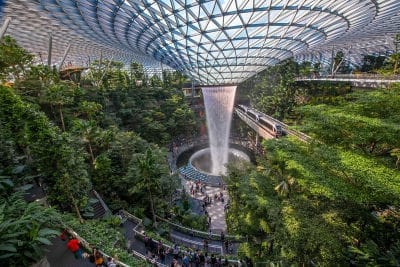
Jewel Changi airport – Singapore
Across the city, 300 km of trails and greenways (the Park Connector Network) link urban attractions like Gardens by the Bay and Marina Bay Sands with major parks and nature areas. Residents and visitors are invited to walk, run, bike or rollerblade, integrating physical activity with exploration and transportation.
The government has made health and wellness a priority through Singapore’s national policies creating a conducive environment for Singaporeans to live better and longer.
Therefore will continue to expand its wellness offerings to include new concepts, like medical spas, longevity clinics, wellness resorts or hotels, wellness attractions and wellness centers. The ongoing work on the wellness attraction at the Marina South Coastal site is one such example. But…
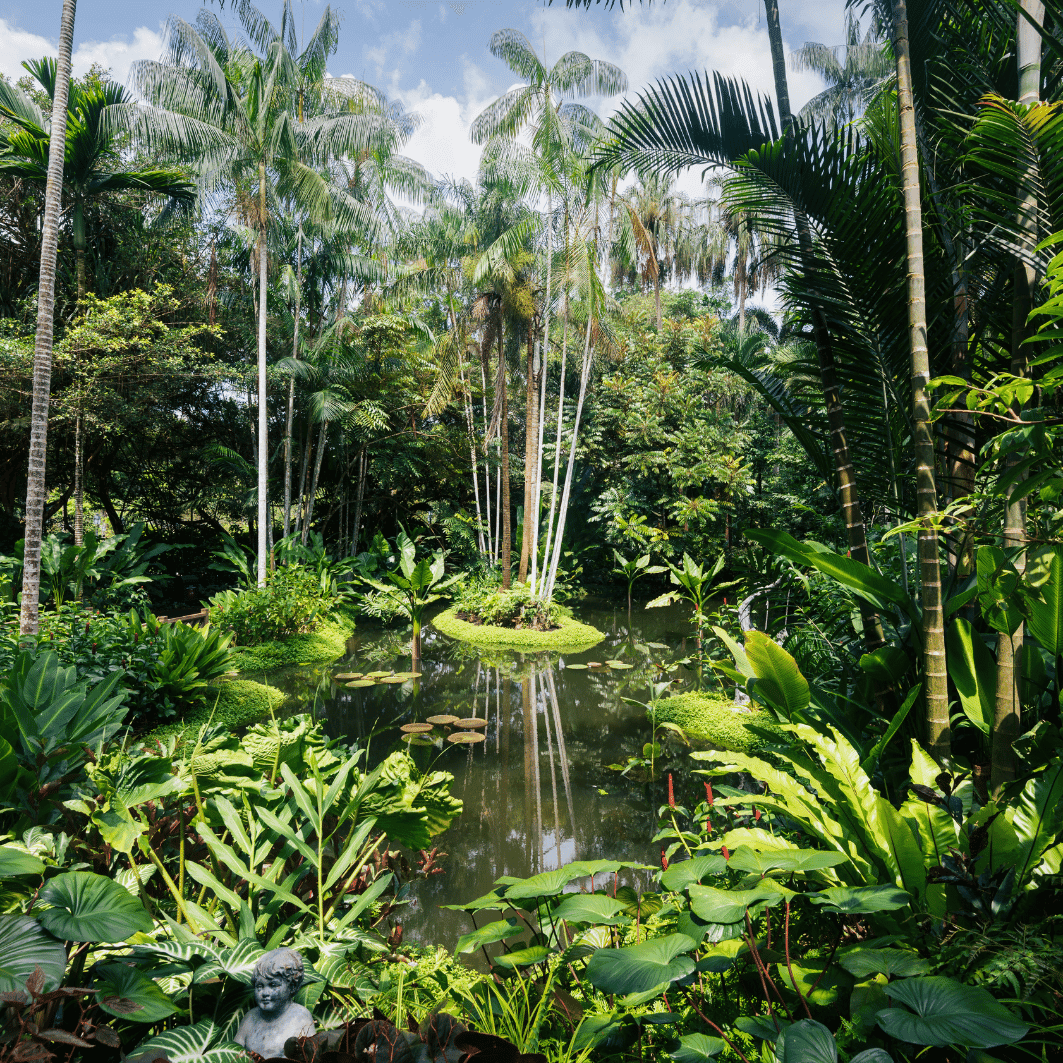
Singapore gardens
What Are Therapeutic Gardens in Singapore?
Therapeutic gardens are specially designed green spaces that cater to the physical, psychological, and social well-being of visitors. Rooted in evidence-based design, these gardens promote relaxation, reduce stress, and enhance mental clarity.
With Singapore emerging as a leader in wellness tourism, therapeutic gardens play an integral role in positioning the country as a holistic wellness destination.
The Therapeutic Horticulture Programme at HortPark uses plants and plant-related activities to improve the well-being of individuals through active or passive involvement.
The program aims to:
• provide an enriching experience with nature
• promote social interaction and physical activity
• stimulate the senses through interaction with nature
• enhance physical and mental well-being
• promote interest in plants and gardeningSTB
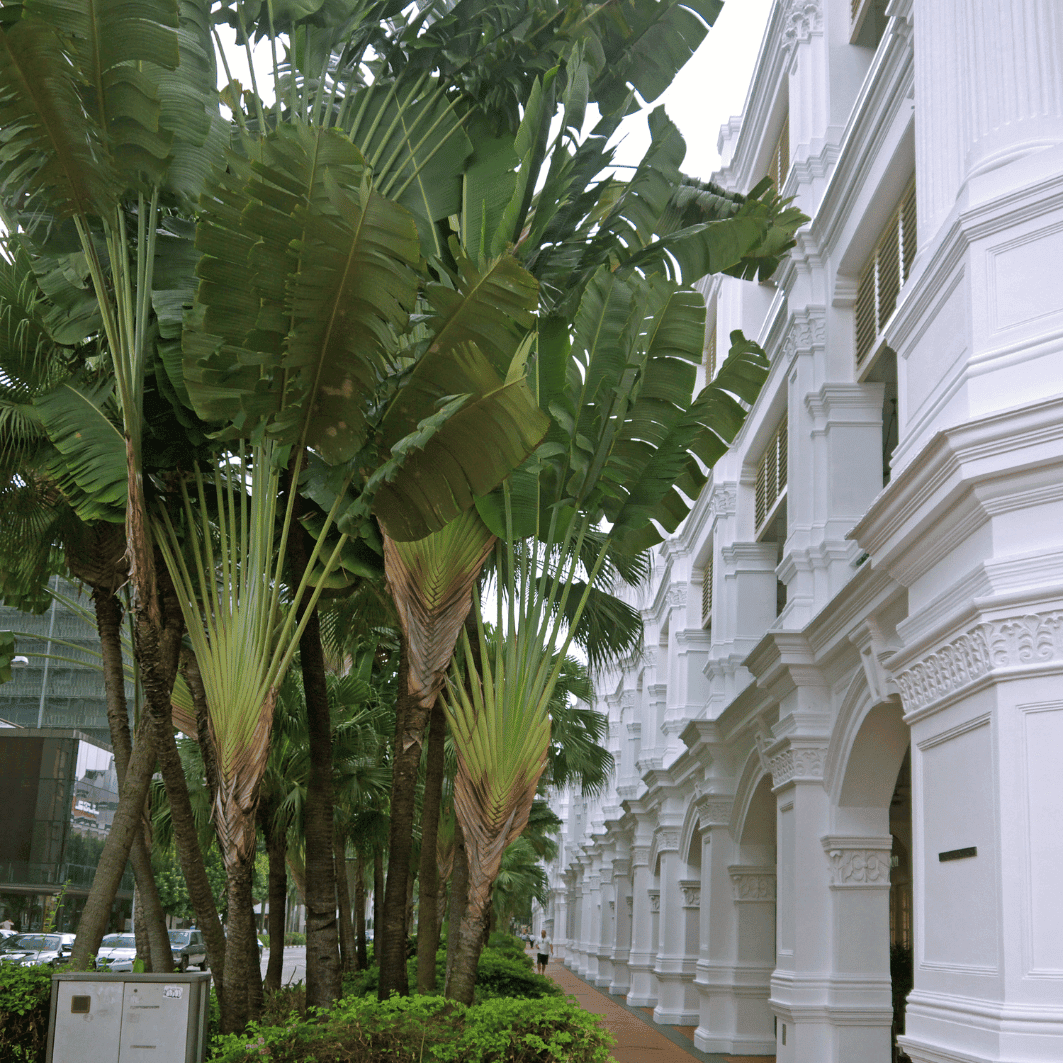
Green Singapore Streets
Singapore’s Therapeutic Gardens: A Step Towards Mental Wellness Tourism
Singapore is pioneering wellness tourism by integrating therapeutic gardens into its urban landscape. The National Parks Board (NPB) has been actively developing these gardens since 2016, with the latest addition launched in December 2024. These gardens, ranging from 0.15 to 1.5 acres in size, are not just aesthetically pleasing but are designed with scientific insights to enhance cognitive and emotional well-being.
Unique features of Singapore’s therapeutic gardens include:
Ultra-violet light mazes – Stimulating neurological activity in visitors
Confidence-building lookouts – Encouraging positive self-esteem
Memory-triggering signage – Beneficial for individuals with dementia
Immune-boosting horticulture zones – Promoting overall health
Wheelchair-friendly obstacle courses – Ensuring accessibility for all
Research conducted at SINGAPORE’S HORTPARK THERAPEUTIC GARDEN found that visitors experienced improved mood, regulated emotions, reduced stress, and lower body inflammation COMPARED TO THOSE IN REGULAR GREEN SPACES.
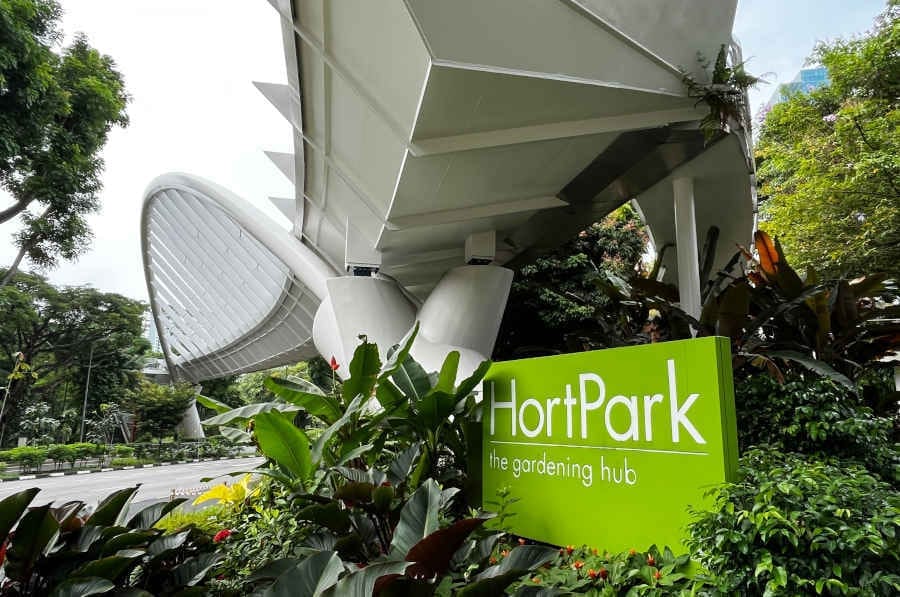
Hort Park Singapore
COMMUNITY GARDENS are common green spaces managed by volunteers. They can be found in the heartlands, in private estates, schools, and organisations. These gardens come in many forms, and serve a wide variety of functions. Some examples include edible gardens where the community grows a wide variety of EDIBLE PLANT SPECIES for self-consumption, sharing with community, or promoting food resilience; habitat-enhancing gardens where they grow plants to support LOCAL BIODIVERSITY; and ornamental gardens where they showcase expertise like orchid cultivation or bonsai growing. These gardens also support community bonding and other social activities, making them hubs for collaboration for residents, students, teachers, researchers and more.
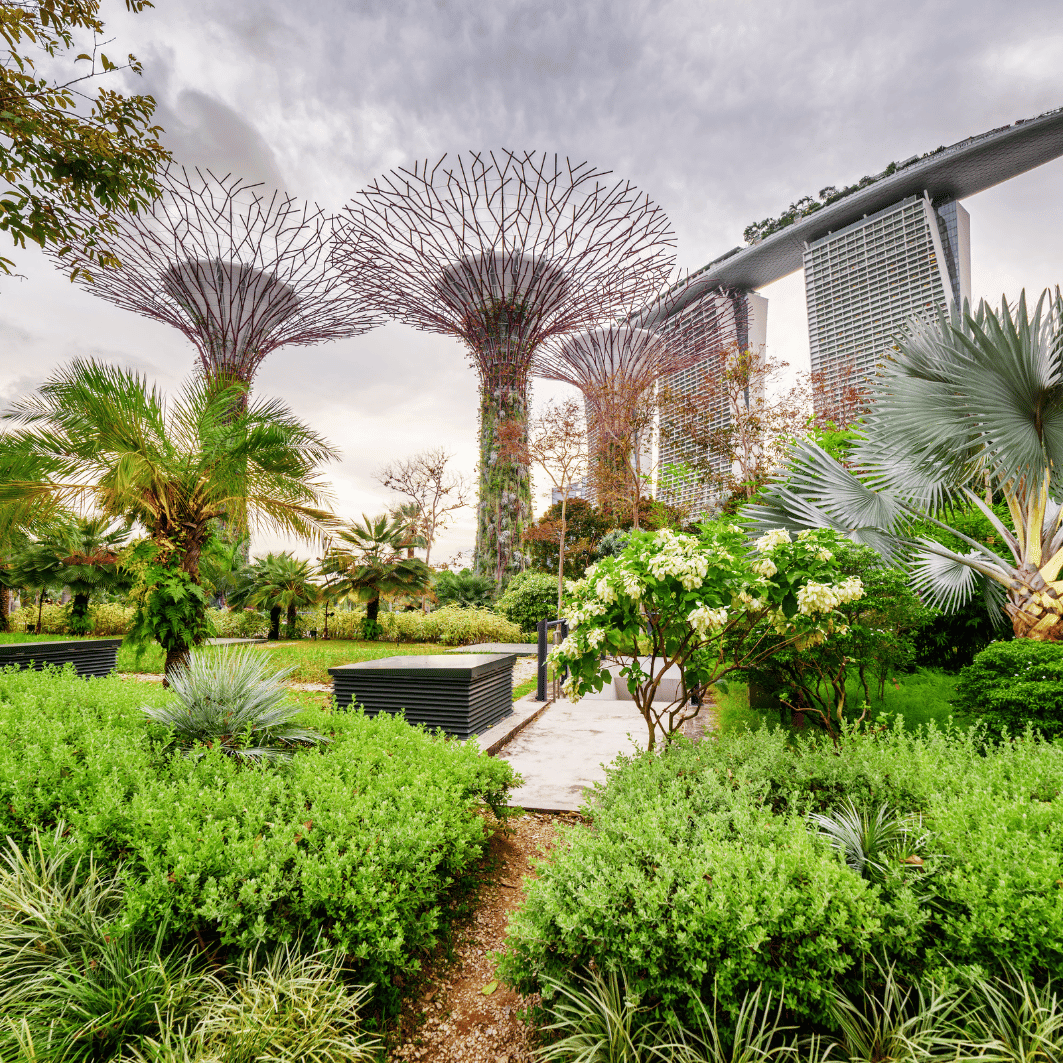
Gardens by the Bay – Singapore
Community gardeners can seek horticultural and management advice from Community In Bloom, an NParks programme that helps to start and develop community gardens islandwide.
Literature abound of stories and health improvement of garden’s therapy.
The Science Behind the Healing Power of Gardens
Scientific studies support the positive impact of therapeutic gardens on mental health. A 2022 study involving researchers from Singapore, Japan, and Poland monitored the brain activity of participants visiting three different environments: a busy urban setting, a rooftop green space, and a therapeutic garden. The results showed that theTHERAPEUTIC GARDEN INDUCED THE MOST BENEFICIAL NEUROLOGICAL ACTIVITY, REDUCING STRESS AND ENHANCING MOOD FRONTIERS IN PSICHIATRY, 2022)
Another important study published in The Lancet underscores the importance of contemplative landscapes in healing environments. These gardens incorporate specific design elements—such as water features, diverse vegetation, and structured walking paths—that help regulate emotions and improve mental health outcomes. (THE LANCET 2006) Healing garden is perhaps an unfortunate name, since in popular parlance healing is perceived as synonymous with cure. No one would argue that a garden of itself can cure a person of cancer or mend a broken leg, and many would argue that gardens can serve health care even in settings in which unavoidable deterioration in health will continue. Terminally ill patients might value a hospice garden as a place for contemplation, for example. Also, visitors and staff, themselves not physically ill, might value a garden as a place for grieving or for a restorative respite from stressful caring demands. For such reasons, some proponents prefer different appellations for gardens in health care, such as therapeutic or restorative.
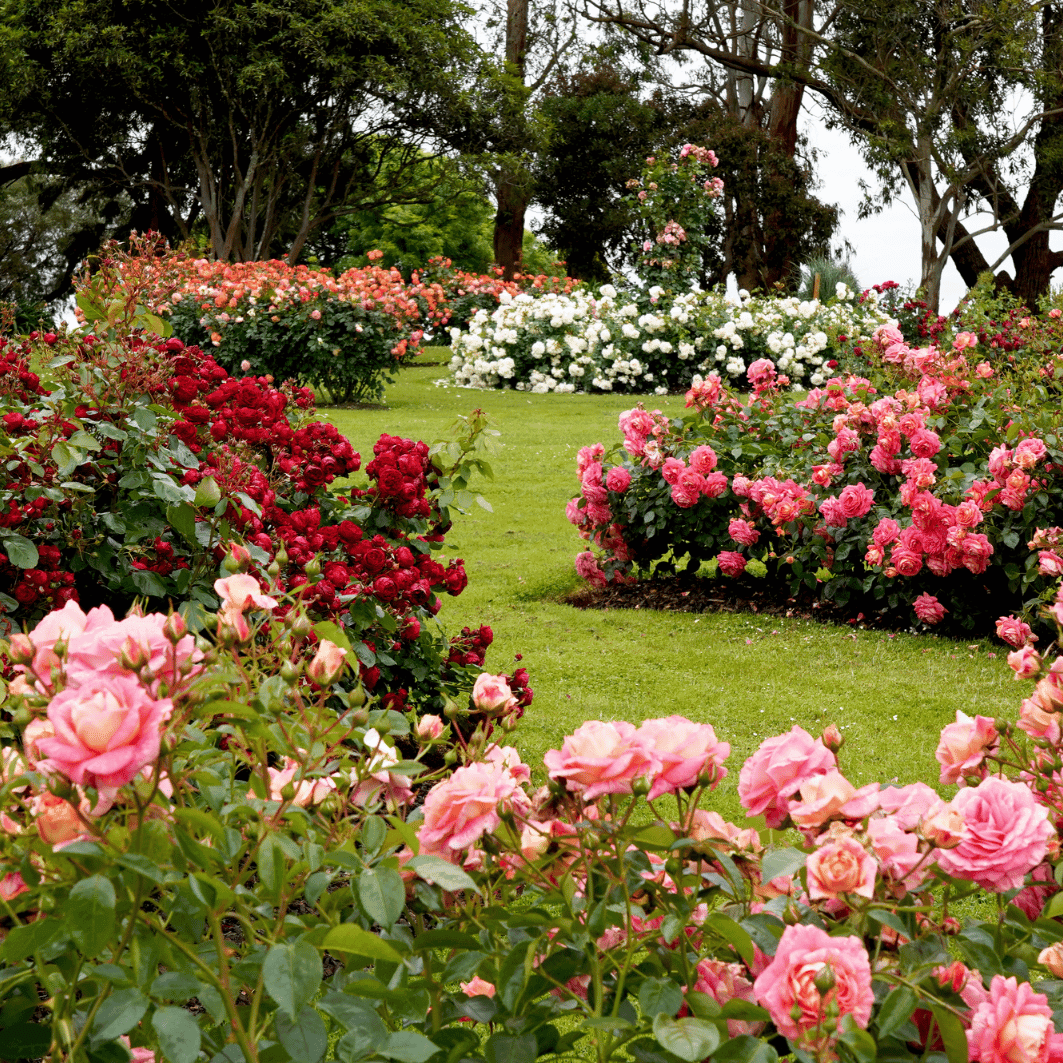
Garden flowers
GARDENS THAT TAKE CARE OF US APEARED IN THE LANCET STUDIES IN 2014, the writer Rumer Godden (1907–98) is credited with saying “A garden isn’t meant to be useful. It’s for joy.” Landscape architects designing gardens for modern hospitals and care facilities are, however, unlikely to agree with her. With input from health professionals, they aim to create spaces that provide measurable benefits in patients with specific medical conditions. As part of regimens for the care and even treatment of people with dementia, who have had a stroke, or who require rehabilitation after traumatic brain injury, these gardens are most definitely meant to be useful.
The idea that gardens can have calming, restorative, and even healing effects is certainly not new to western medicine. In VICTORIAN BRITAIN, gardens were an important feature of many psychiatric hospitals. In the modern design of hospital and care-facility gardens, however, landscape architects are looking to understand and maximise these effects for different types of patient.
A meta-analysis conducted in the UK assessed 10 studies involving 1,252 participants and found that short, frequent exposure to green spaces significantly improved self-esteem and mood. The presence of water features further enhanced these benefits. (PUMBED 2010); Green exercise is activity in the presence of nature. Evidence shows it leads to positive short and long-term health outcomes. This study confirms that the environment provides an important health service.
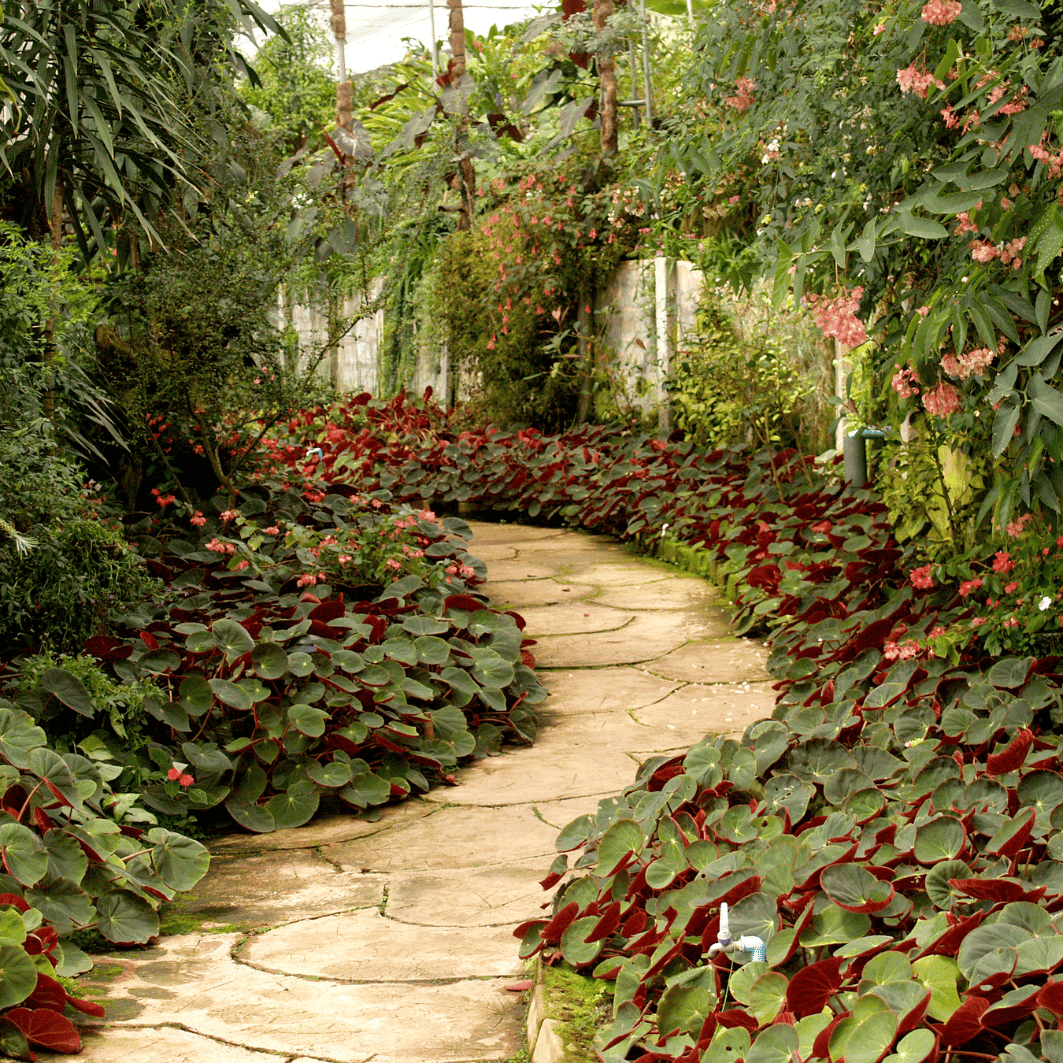
Garden for relaxing
Therapeutic Gardens and Dementia Care
Singapore’s wellness initiatives extend beyond general mental health benefits. Researchers have explored the role of therapeutic gardens in dementia care, emphasizing how nature exposure provides cognitive and sensory stimulation. Travel and nature-based therapy can ease dementia symptoms by offering new sensory experiences, social interaction, and physical movement. (Dementia Tourism Study, Edith Cowan University, 2022)
Several therapeutic gardens in Singapore cater specifically to seniors with dementia, featuring:
Looped walking paths – Reducing confusion and agitation
Familiar plant varieties – Triggering positive memories
Shaded seating areas – Encouraging social interaction
Associate Professor Kuan-Huei Lee from the Singapore Institute of Technology highlights that Singapore’s green spaces contribute to its accessibility and appeal as a wellness hub, reinforcing its reputation as a “City in Nature.”
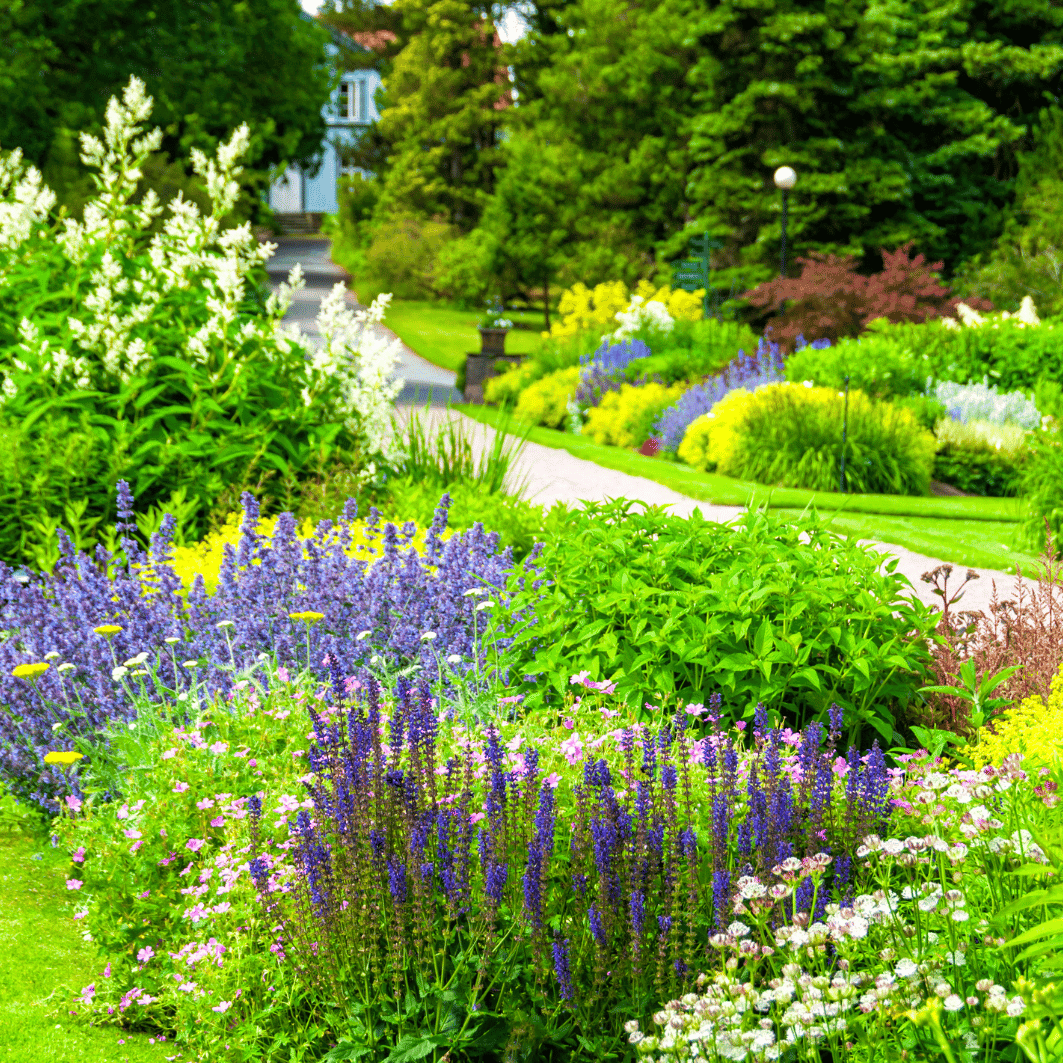
Garden therapy
Therapeutic Gardens and Their Global Significance
Singapore is part of a growing global movement that recognizes the importance of green therapy. Countries leading in therapeutic garden design include:
Japan – Incorporating traditional Zen gardens in hospitals to enhance meditation and healing
Sweden – Using sensory gardens to support dementia patients
The United States – Designing patient-specific gardens in hospitals for rehabilitation and therapy
The Netherlands – Integrating nature therapy into urban planning for community well-being
A 2024 STUDY IN THE LANCET NEUROLOGY highlights how hospital gardens positively impact stroke recovery, cognitive function, and patient rehabilitation. Several leading hospitals in the U.S. and Europe have integrated nature-based therapies into their medical treatment plans.
The Future of Wellness Tourism in Singapore
The Singapore Tourism Board (STB) has identified wellness tourism as a strategic growth area for the next 5 to 10 years. The Marina South Wellness Attraction project, spanning 42,000 square meters, aims to further establish Singapore as a premier wellness destination. Concepts such as therapeutic art, floatation therapy, and immersive green experiences will be integrated into this initiative.
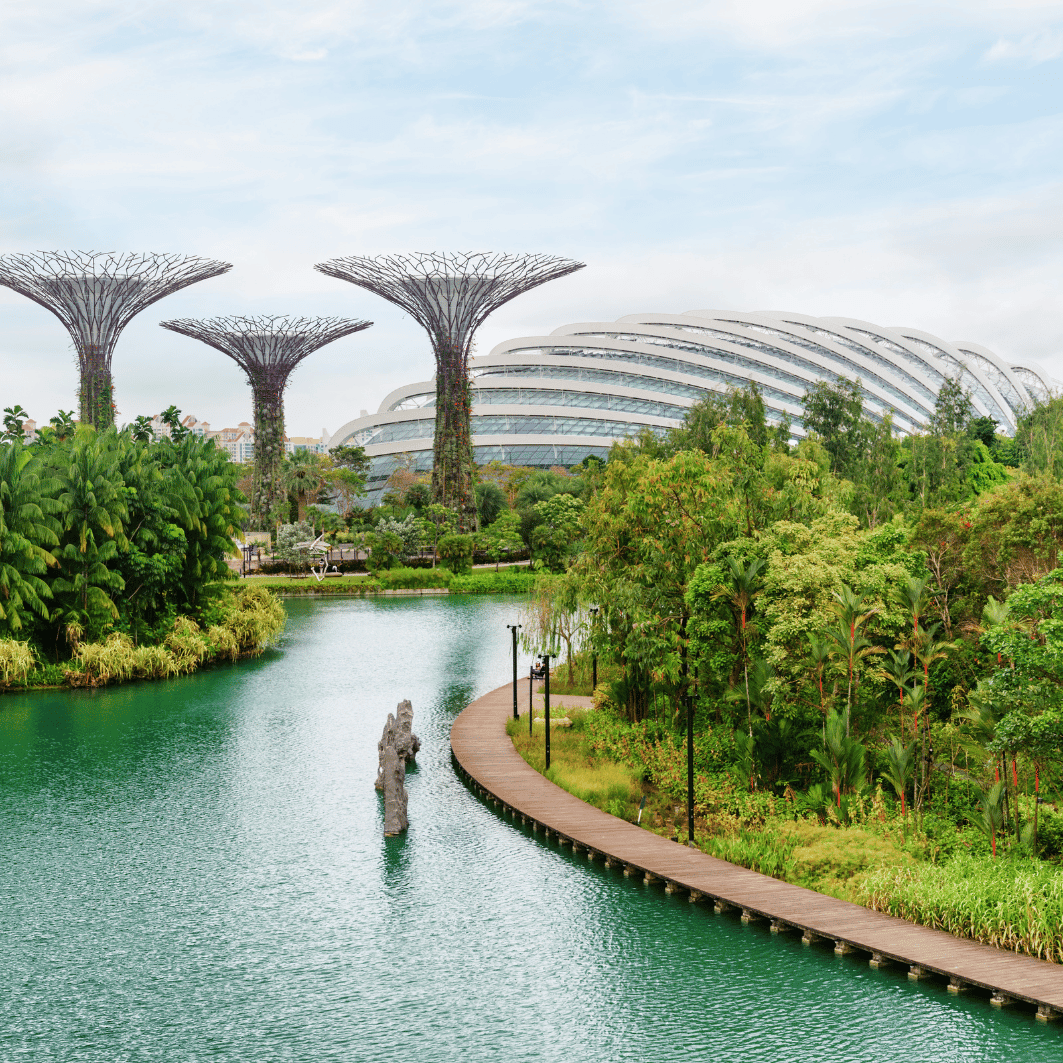
Singapore Marina & gardens
Minister of State for Trade and Industry, Alvin Tan, stated that the wellness industry in Singapore was valued at US$12 billion in 2020, with significant growth potential in the coming decade. (STB Report, 2024)
Key developments in Singapore’s wellness infrastructure include:
Expanded therapeutic garden networks in new residential and healthcare areas
Smart technology integration in urban green spaces for real-time monitoring of environmental conditions
Increased collaborations with global wellness brands to promote Singapore as a wellness hub
Opportunities for Collaboration: Partnering for a Healthier Singapore
As Singapore expands its therapeutic garden network, there are opportunities for collaborations between wellness brands, travel agencies, healthcare institutions, and lifestyle businesses.
Potential areas for cooperation include:
Curated wellness tours featuring therapeutic gardens
Corporate well-being programs offering guided nature therapy sessions
Scientific research partnerships to further validate the benefits of nature-based healing
Interactive digital experiences to enhance visitor engagement
Integrating horticultural therapy into rehabilitation centers and senior care homes
By leveraging Singapore’s dedication to urban wellness, businesses can align themselves with a movement that promotes longevity, mental clarity, and holistic health.
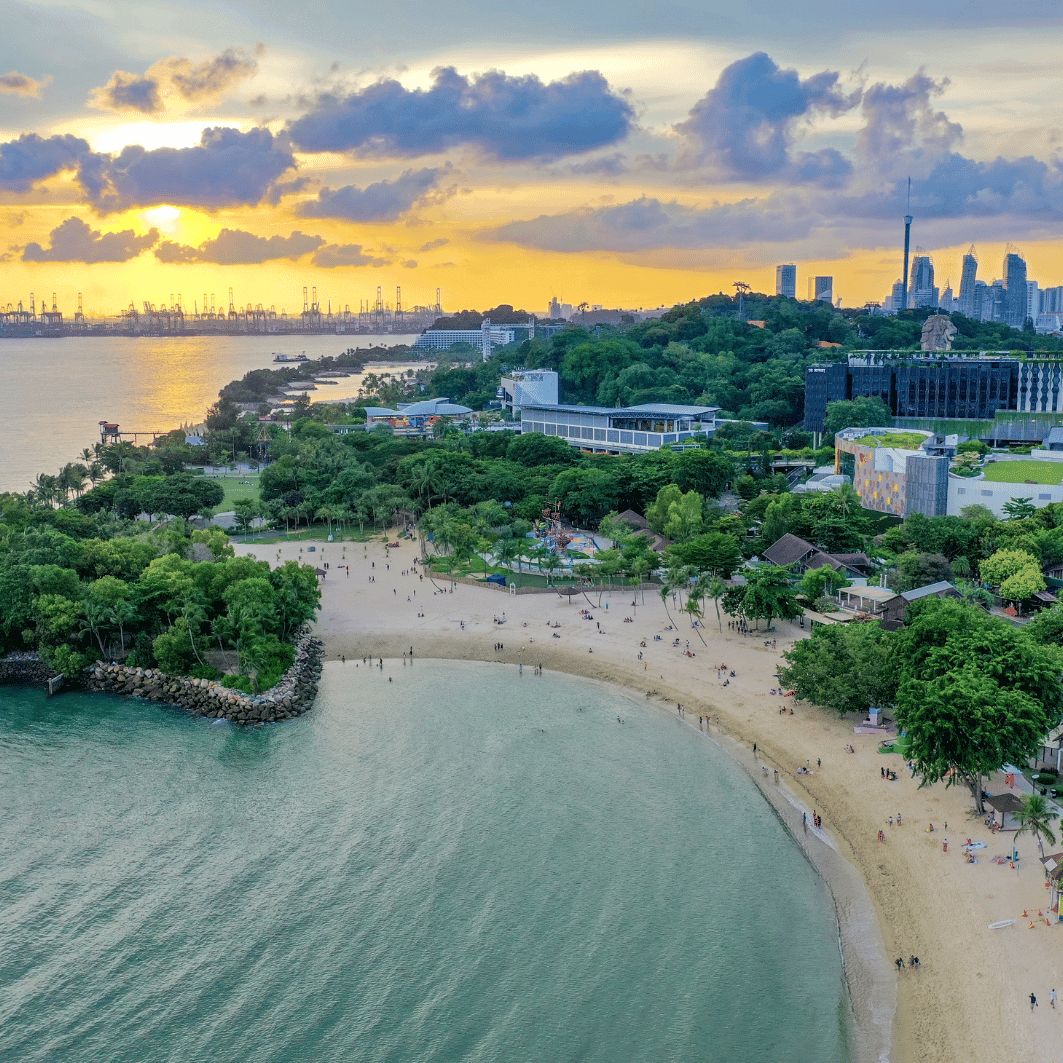
Singapore view